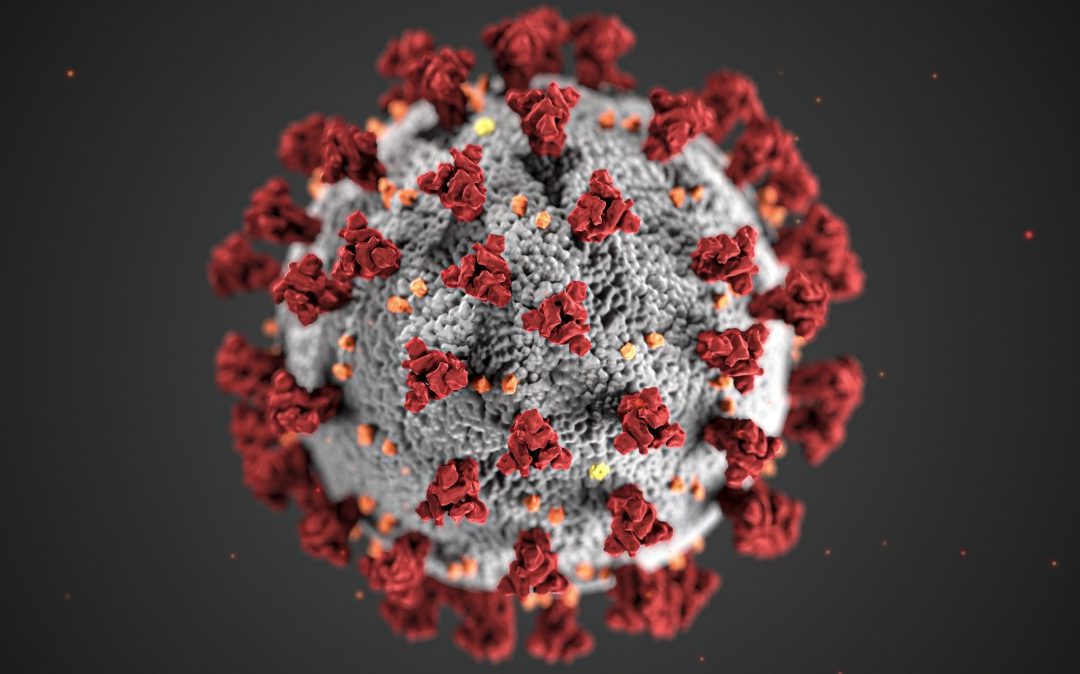The UK Government’s COVID Lockdown Roadmap is on track, and planned Step 3 lockdown easements will go ahead as of Monday. From then, the majority of the indoor and remaining outdoor economy can reopen and gathering limits can increase.
As indoor hospitality/entertainment venues and workspaces resume, can we ensure that enclosed multi-occupant spaces are as safe as possible, and the spread of coronavirus is mitigated?
It is widely reported amongst the scientific community that ventilation should be integral to any COVID risk mitigation strategy for all multi-occupant public buildings and workplaces. Adequate ventilation reduces how much (far-field aerosol) virus is in the air of an enclosed space, thus helping to reduce the risk of transmitting respiratory infections like COVID.
All buildings have a degree of natural ventilation, but this is generally deemed uncontrolled and hugely variable. This is where mechanical ventilation can help, either in combination with natural ventilation or as a stand-alone method of ventilating a space. Mechanical ventilation is generally achieved using fans and ducts to deliver fresh air from outside in a controlled way.
The temperature of mechanically ventilated air can be adjusted and controlled using heat exchangers, such as low-pressure hot water (LPHW) coils or cooling coils. This way, even during the coldest winter days or warm summer periods, occupants can feel comfortable and reassured that their ventilated space is dramatically safer.
As one of the leading manufacturers of heat exchange coils and nearly 40yrs experience in the HVAC Industry, HC Coils specialise in bespoke heating & cooling solutions for a range of mechanical ventilation needs.

